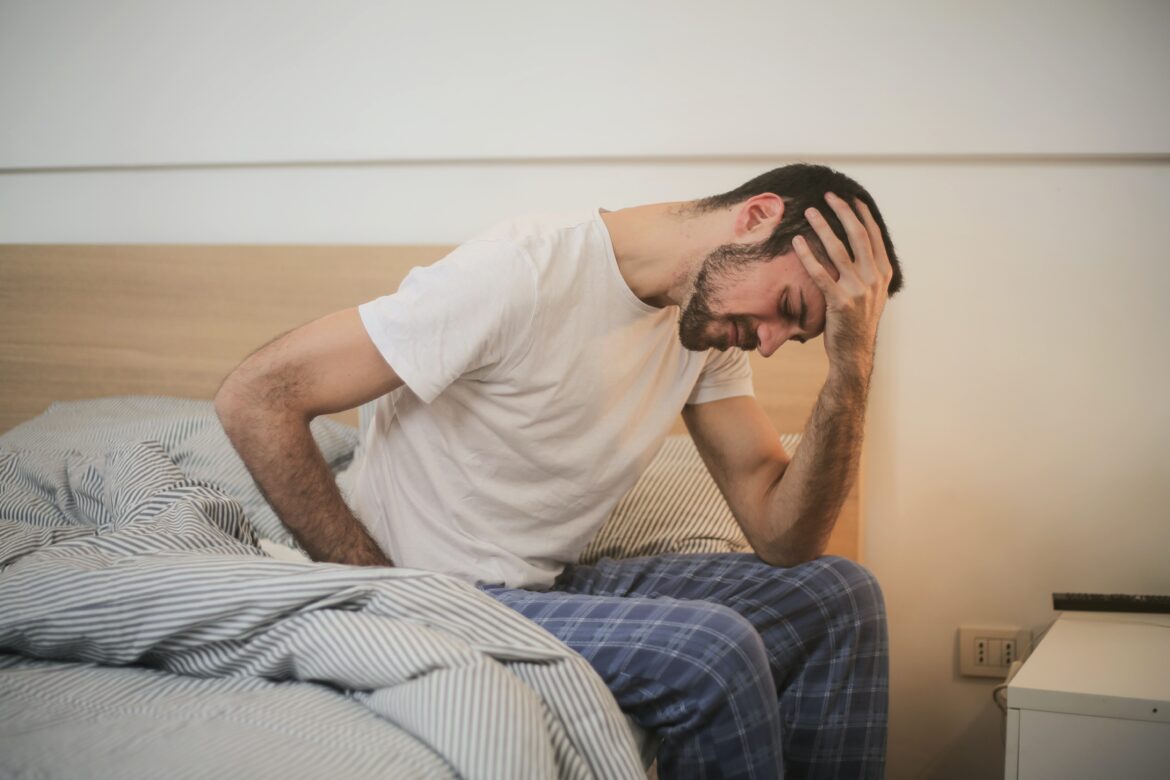Chronic pelvic pain (CPP) is a complex and debilitating condition that affects many individuals, predominantly women. It is characterized by persistent pain in the pelvic region, lasting for at least six months or more. The pain can be sharp, dull, intermittent, or constant, and its impact can be profound on a:
- person’s physical,
- emotional,
- and social well-being.
While the exact causes of CPP may be diverse and challenging to pinpoint, there are ways to manage and alleviate the symptoms.
Understanding the Causes
CPP can stem from a wide range of underlying causes, making its diagnosis and management intricate. Gynecological conditions like endometriosis, uterine fibroids, and pelvic inflammatory disease can contribute to the ache. Musculoskeletal issues such as muscle spasms and tension in the pelvic floor may also play a role.
Moreover, irritable bowel syndrome (IBS) and interstitial cystitis are known to coincide with CPP. Psychological factors like chronic stress and anxiety might exacerbate the pain perception, leading to a vicious cycle of distress.
Seeking Professional Medical Advice
For individuals grappling with chronic pelvic ache, seeking professional medical advice is crucial. A multidisciplinary approach involving gynecologists, urologists, gastroenterologists, and specialists might be necessary to determine the root cause and formulate an effective treatment plan.
Diagnostic tests such as ultrasounds, MRI scans, and laparoscopies can aid in identifying underlying conditions. The treatment strategy will depend on the underlying cause, ranging from medication and physical therapy to surgical interventions.

Pain Management Techniques
Managing chronic pelvic pain requires a comprehensive approach that addresses physical, emotional, and psychological aspects.
Physical Therapy
Physical therapy focused on the pelvic region may help alleviate ache by improving muscle tone, flexibility, and circulation. Techniques such as pelvic floor relaxation exercises, manual therapy, and biofeedback can play a crucial role in reducing tension and discomfort.
Mind-Body Approaches
Stress and anxiety can intensify the perception of pain. Mind-body techniques like yoga, meditation, and deep breathing can assist in managing these psychological factors, thus indirectly contributing to pain relief.
Medication
Pain-relieving medications, such as non-steroidal anti-inflammatory drugs (NSAIDs), can provide temporary relief. For individuals with neuropathic ache, medications like gabapentin or amitriptyline might be prescribed.
Lifestyle Modifications
Certain lifestyle changes can contribute to managing chronic pelvic pain:
Diet
For individuals with CPP linked to digestive issues like IBS, dietary modifications like reducing triggers such as caffeine, spicy foods, and artificial sweeteners might be beneficial.
Exercise
Low-impact exercises can help improve blood flow, alleviate muscle tension, and release endorphins, which are natural relievers.

